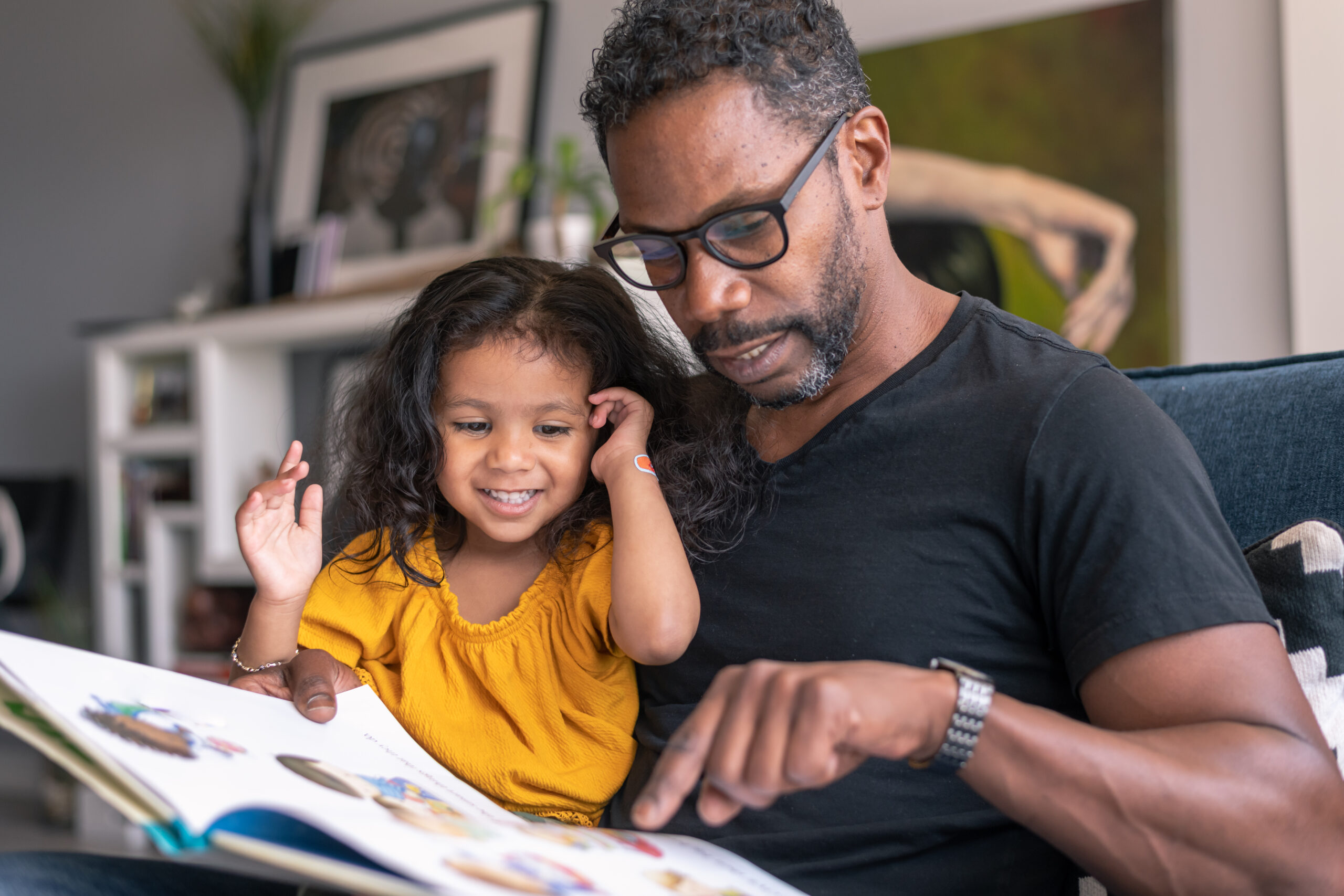
Positive parenting is a set of approaches, supported by research, that can help your child’s emotional, behavioral, cognitive and social development. While parenting styles differ, the following positive parenting strategies can work well for all families.
Being Consistent
Being emotionally consistent means purposely choosing how you are going to engage with or respond to your child, and not varying with that choice over time. (For example, choosing to consistently respond in a calm manner when your child is crying).
Inconsistency can be confusing for a child. If one day a mother does not allow a behavior, but the next day the mother tolerates it, the child learns that adult responses are not predictable. Inconsistency can result in negative behaviors such as aggression, hostility, complacency, passivity as well as anxiety.
Showing Warmth & Sensitivity
Parental warmth means acting with love, affection and approval toward your child. It means genuinely enjoying interacting with your child. You can express warmth without words, such as through holding your younger child, hugs and holding hands. You can show warmth using your words by telling children that you love them or by laughing together.
Parental sensitivity means recognizing each child is different and taking the time to notice, understand, and respond to a child’s words and actions in ways that are best for your child. It means understanding a child’s needs by considering their child’s developmental level and temperament. Parents express sensitivity by using eye contact, being positive, and using good volume and tone when speaking to their child. A parent will allow their child with sensory sensitivity to wear his favorite shorts two days in a row.
Having Routines & Rules
When children are given the structure of having household routines and rules, they may feel a sense of safety and security as a result of predictability. When children have rules and routines, they know what to expect and what is expected of them, and this can reduce stress and negative behaviors.
Visual supports for children to help with routines:
- You can find free, printable visual schedules for children online on sites such as Pinterest.
- SesameStreet.org provides customizable routine social story videos and printable checklists
Videos for parents to help establish structure and routines:
- Structures through Routines / Estructura en casa con Rutinas!
- Structure: Organizing Space and Expectations / Estructura: Cosas y Espacios; Expectativas y Reglas
Tip sheets for parents to help establish routines (from the American Occupational Therapy Association):
Sharing Books & Talking with Children
Reading to your child promotes healthy development. Children that are read to more often have improved language and listening skills, and experience stronger emotional connections to their loved ones.
- Book recommendations by age from the Arlington Public Library
Supporting Health & Safety
Physical health has an impact on your child’s mood and behavior. For example, if children are not getting enough sleep at night, they may be less focused and irritable during the day. Ensuring physical health (sleep, nutrition, routine medical check-ups) as well as safety is important to ensuring healthy development.
Health & Safety Resources
Encouraging Positive Behaviors
When parents manage their child’s behavior in a positive way, they clearly communicate what behaviors are appropriate and which ones are inappropriate, and what the incentives for positive behavior are and the consequences for inappropriate behavior are. Yelling, corporal punishment like spanking, or using threats or bribes are not recommended as they can be harmful and non-effective ways to manage behaviors.
Examples of encouraging positive behaviors include:
- Redirection: Young children have short attention spans, and typically, it isn’t too difficult to redirect them to another activity when they’re acting out. When trying to divert their attention, introduce another toy or activity, and if that doesn’t work, try taking them to another room or go outside to divert their attention.
- Positive Reinforcement: Give attention to your child’s positive behavior! Your attention and praise are rewarding and make it more likely that your child will repeat these behaviors in the future. If your child shares with others, tell them how nice it was that they shared. If your child helps you clean up, let them know what a super helper they are.
Resources
- Books for parents on how to use positive strategies to manage behavior
- Videos for parents on how to use positive strategies to manage behavior:
 Contact
Contact  Calendars
Calendars Careers
Careers Engage
Engage  District
District
